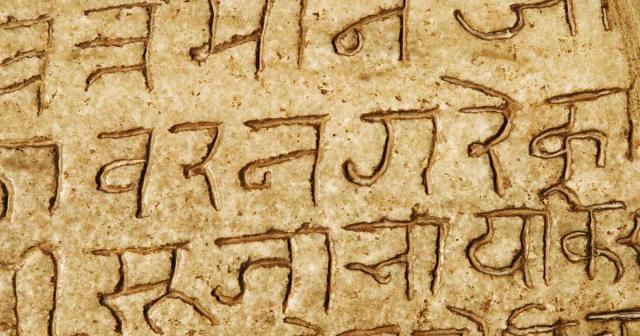India, known for its cultural diversity, is home to a vast array of languages belonging to several distinct Language families. These language families provide a fascinating insight into the historical and cultural evolution of the Indian subcontinent. Understanding these linguistic classifications sheds light on the intricate tapestry of Indian society.
The Dravidian Language Family constitutes one of the major Language Families in India, primarily spoken in the southern regions of the country. Dravidian languages are known for their unique grammatical structures and phonetic features. Tamil, Telugu, Kannada, and Malayalam are prominent members of this family. With a rich literary tradition dating back centuries, Dravidian languages have contributed significantly to Indian literature and culture.
The Austroasiatic Language Family encompasses languages spoken by indigenous communities across central and eastern India. While not as widely spoken as some other language families, Austroasiatic languages such as Santali, Mundari, and Khasi play a crucial role in preserving the cultural heritage of various tribal communities. These languages often exhibit complex verbal systems and distinctive sound patterns, reflecting the diverse socio-cultural landscapes of their speakers.
The Indo-Pacific Language Family, also known as the Andamanese languages, is indigenous to the Andaman Islands in the Bay of Bengal. Though severely endangered with only a few speakers remaining, these languages offer valuable insights into the linguistic history of the region. Languages such as Great Andamanese, Onge, and Jarawa belong to this family, each with its unique linguistic features and cultural significance.
The Tibeto-Burman Language Family spans a vast geographical area, stretching from the eastern Himalayas to the northeastern states of India. This diverse language family includes languages spoken in regions such as Arunachal Pradesh, Sikkim, and parts of Himachal Pradesh. Tibetan, Bodo, Manipuri, and Mizo are among the notable members of this family. Tibeto-Burman languages are characterized by their tonal nature and complex morphological structures, reflecting the influence of neighboring linguistic traditions.
While these language families represent significant linguistic diversity in India, it is essential to acknowledge the presence of other language families and language isolates across the country. The Indo-European Language Family, for instance, includes languages such as Hindi, Bengali, and Marathi, spoken by millions across India. Similarly, languages like Tulu and Kodava remain isolated within their respective regions, showcasing the intricate linguistic mosaic of the subcontinent.
Language families serve as a testament to the rich cultural heritage and historical interactions that have shaped the linguistic landscape of India. They provide a framework for understanding the complex interplay between language, identity, and social dynamics within Indian society. Moreover, efforts to document and preserve these diverse linguistic traditions are crucial for promoting linguistic diversity and cultural pluralism in the country.
Indian Language Families offer a glimpse into the multifaceted nature of linguistic diversity in India. From the Dravidian languages of the south to the Tibeto-Burman languages of the northeast, each language family encapsulates centuries of cultural evolution and historical continuity. By recognizing and celebrating this linguistic richness, India can truly embrace its cultural heritage and promote inclusive development across linguistic lines.

